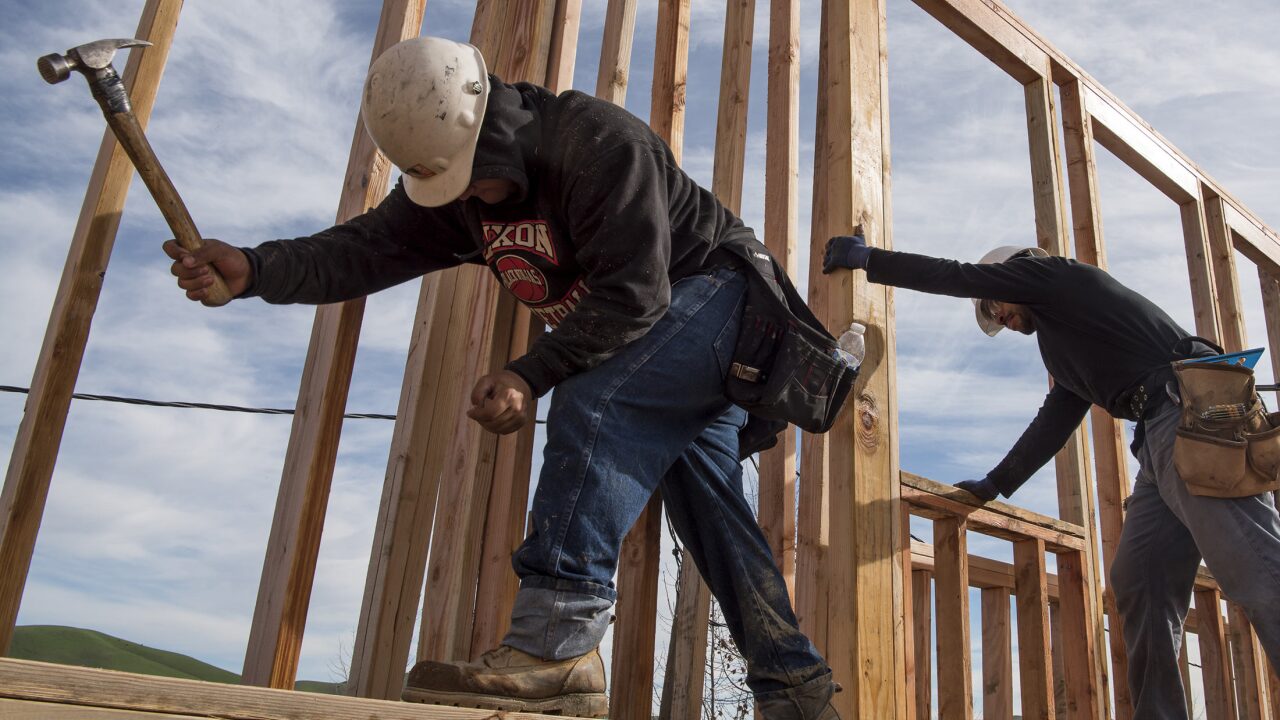-
And an uptick from second-quarter numbers is attributed to seasonality rather than any upswing in the economy.
November 3 -
Lenders pushed back against the notion that city dwellers' pandemic-driven flight to suburbia would hurt them. They say fewer landlords have sought deferrals as vacancy rates remain low and rent collections have stabilized.
October 29 -
A total of 34 states have offered coronavirus-related rental or mortgage assistance, much of which is funded by the CARES Act, according to the National Council of State Housing Agencies.
October 19 -
Three nonprofits look to create or preserve 10,000 units, vowing to fight off firms like Blackstone and Colony Capital, which bought up foreclosed homes after Great Recession.
October 6 -
Overall debt outstanding for delinquent commercial and multifamily mortgages cut down in September as more of the economy opens further with lodging and retail far behind, according to the Mortgage Bankers Association.
October 1 -
Student housing and assisted/independent living centers were small portions of Freddie's multifamily securitizations prior to COVID, but Kroll noticed they've been missing in most rated deals since spring.
September 30 -
Gov. Andrew M. Cuomo on Monday announced he will extend the eviction moratorium — set to expire Oct. 1 — to next year, continuing protections for tenants as well as homeowners who have been unable to pay rent and mortgage during the public health crisis.
September 29 -
Home starts fell more than forecast in August, reflecting less construction of apartments and a decline in the tropical storm-hit South, representing a pause in momentum for a housing market that's been a key source of fuel for the economy.
September 17 -
An emergency expansion of federal rental assistance would cost between $12 billion and $16 billion a month, depending on whether enhanced unemployment benefits are extended alongside. That is a bargain in comparison with the $2.2 trillion price of the last coronavirus relief package.
September 8 -
Borrowers will likely have to put more assets on the line to get forbearance extensions.
August 13









